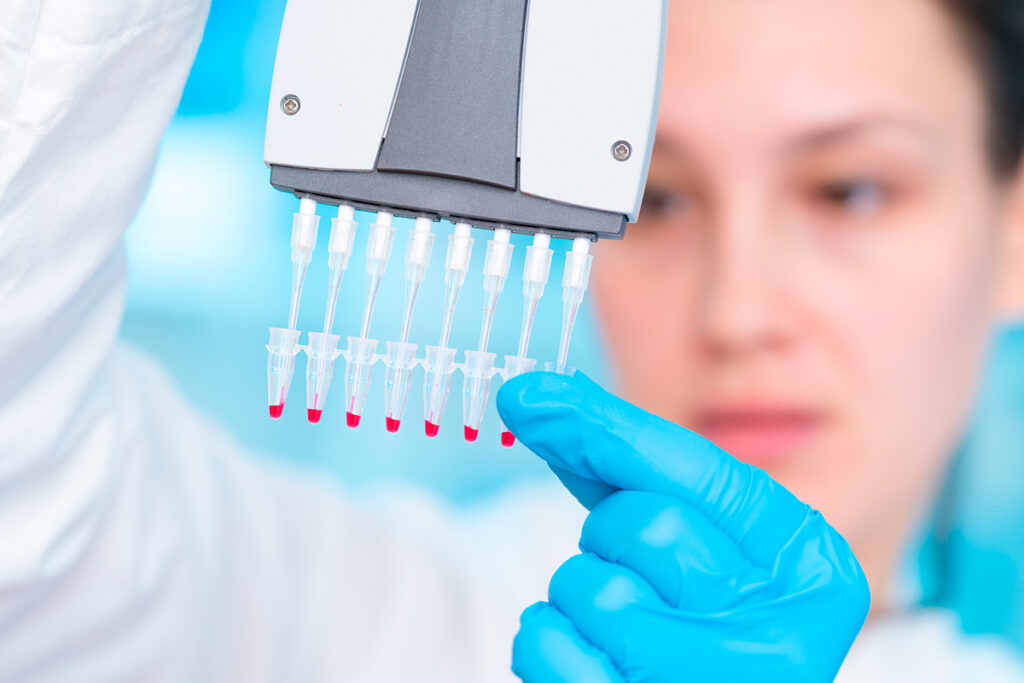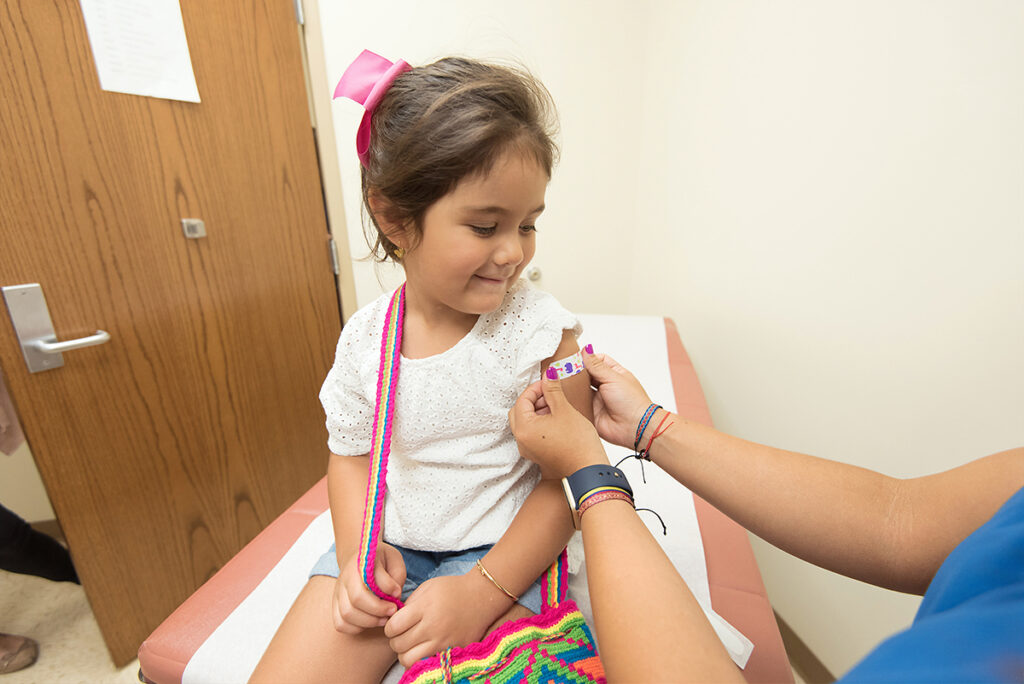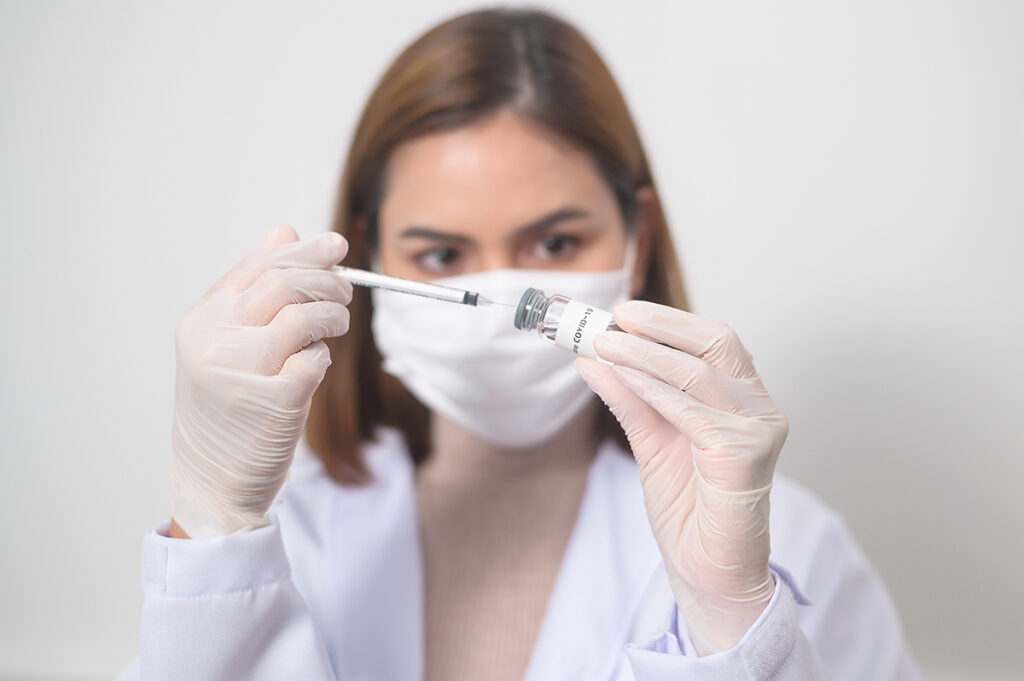Pathogenesis Of Herpetic Sore Throat And Low Efficiency Of Traditional Treatment
Herpangina (herpetic sore throat) – an acute infectious disease of the mucous membranes. Most often, it affects children under 6 years of age.
The most common symptoms of herpangina are sores and rashes of the mouth and throat that cause pain. Children lose their appetite and develop a fever. Some patients may develop seizures and encephalitis. In most cases, herpangina does not cause complications, but the symptoms of the disease are difficult to tolerate.
Outbreaks are often reported in kindergartens and elementary schools. A high incidence characterizes herpetic sore throat. The infection is spread by the fecal-oral route, airborne droplets, contact with infected children, or through hands or objects with viral particles. The incubation period of herpangina is 3-5 days.
The causes of the disease are enteroviruses and the Coxsackie virus, which infect the mucous membrane. There is no effective specific antiviral therapy for herpangina. Treatment is primarily symptomatic.
Traditionally, local symptoms are herpetic pharyngitis in children. However, treatment of herpetic sore throat with ribavirin is ineffective, and the result is unsatisfactory. Patients need better medication.
Research Background For More Effective Herpangina Drugs
Clinical practice has shown that with the early initiation of treatment for herpes sore throat, a spray of recombinant human interferon-alpha-2b (IFN-α2b) for topical application reduces the duration of the disease. In children, the healing of the oral cavity and pharynx lesions is accelerated, the rash disappears faster, the fever decreases, and the appetite returns earlier.
Previous studies have shown that interferon-alpha-2b acts on airway lining cells. The drug enhances the function of T and B immune cells and thus partially blocks viral infection in target epithelial cells.
On the other hand, there is a successful long-term practice of the systemic use of interferon-alpha-2b in antiviral therapy for HIV and hepatitis. Patients often develop neutropenia, thrombocytopenia, depression, extreme fatigue, flu, and gastrointestinal symptoms.
It is evident to doctors that only topical application of interferon-alpha-2b is advisable for children with herpangina, which will not cause systemic side effects. However, no relevant studies have been carried out.
Based on this data, doctors from eight medical centers in China have conducted a large-scale study of an IFN-α2b spray for the topical treatment of herpangina symptoms in children. The study aimed to monitor the clinical efficacy and safety of the drug.
Study Design
Chinese doctors conducted a multicenter, randomized, double-blind, controlled study in 668 children aged 1 to 7 years diagnosed with a herpetic sore throat. Experts compared the efficacy and safety of traditional treatment for herpangina in children with ribavirin aerosol and experimental treatment with interferon-alpha-2b spray. The study was conducted between 2016 and 2018.
To participate in the study, child patients must meet the criteria:
- diagnosed with herpetic sore throat;
- age from 1 to 7 years;
- no more than 72 hours (3 days) have passed from the onset of symptoms;
- regular function of the heart, liver, kidneys, lungs;
- readiness for hospitalization.
Unfortunately, children who had at least one exclusion criterion were not admitted:
- a history of allergy to interferon;
- supportive comorbidities, such as heart and respiratory failure, immunodeficiency, severe malnutrition;
- epilepsy or other neurological disorders;
- infection with other coexisting pathogens.
Medical Interventions
All children were randomly assigned to two groups: experimental and control.
Children in the experimental group were treated with a spray of recombinant human interferon-alpha-2b. Doctors sprayed the spray onto the back of the patients’ throats, tonsils, and affected mouth areas. The treatment was carried out every 2 hours from 8:00 to 22:00 for three days. Eating and drinking were allowed 15 minutes after taking the drug. The total daily dose of IFN-α2b was 1 million IU.
According to the same scheme, children in the control group received aerosol treatment with ribavirin with the same frequency.
In both groups, general supportive therapy was carried out: oral hygiene, regular diet, water intake.
Analyzed parameters of the patient’s condition
Doctors followed up with all patients for 96 hours (4 days) from the start of treatment. For this:
- The body temperature in the armpits was measured every 6 hours after the start of treatment. If the child had a high fever, then it was estimated every 4 hours.
- Examination of oropharyngeal ulcers was performed 48 and 72 hours after the start of treatment.
- A complete blood count was done before starting treatment and 72 hours after starting.
- The functions of the heart, liver, and kidneys were checked before the start of the study and 72 hours after.
- The presence of all possible adverse reactions associated with the intake of interferon was checked daily – for example, flu or gastrointestinal symptoms.
Method For Assessing Clinical Outcomes
The primary clinical outcome of the study, the doctors considered the disappearance of fever and the normalization of body temperature 72 hours after the start of treatment.
Several parameters assessed secondary clinical outcomes:
- Disappearance of herpetic ulcers 72 hours after the start of treatment.
- General improvement 72 hours after the start of therapy, set on a scale:
- noticeable improvement (normalization of temperature within 48 hours, disappearance of oropharyngeal ulcers, noticeable improvement in appetite);
- improvement (normalization of temperature within 72 hours, reduction of oropharyngeal ulcers, improved appetite);
- no improvement (persistent fever, no improvement or worsening in the oropharynx, poor appetite in the form of a 50% reduction in diet).
- Improved appetite, assessed on a scale:
- slight improvement (20% increase in the diet compared to poor condition);
- noticeable improvement (increase in the amount of food by 50%).
4. Indicators of cardio markers – enzymes of the heart muscle that characterize its condition.
Research Results
Temperature normalization occurred faster in the experimental group treated with interferon-alpha-2b spray. One day after the start of treatment, 77.5% of the children in the experimental group returned to average temperature. In the control group, there were 66.5% of such children. The graph shows the change in temperature in both groups in the first three days after treatment. Chart A – for all children in the group, chart B – only for children who initially had a fever:

The rate of improvement in the condition of the oropharynx was also better in the group receiving the interferon-alpha-2b spray. In the experimental group, after 48 hours, an improvement was recorded in 46.7% of children, and the control group – in 37.1%. Significant improvement in oral ulcers after 72 hours was observed in 23.7% of patients in the experimental group and 14.7% of patients in the control group. A similar indicator for pharyngeal ulcers: for the interferon group is 37.4%, and for the control group – 20.4%.
The general results are shown in the table:
| Symptom | Control group | Experimental group | ||||
| No improvement | Improvement | Significant improvement | No improvement | Improvement | Significant improvement | |
| 48 hours after starting treatment | ||||||
| Oral herpes disappeared | 200 (59,9%) | 124 (37,1%) | 10 (3,0%) | 168 (50,3%) | 156 (46,7%) | 10 (3,0%) |
| Pharyngeal herpes disappeared | 104 (31,1%) | 237 (68,0%) | 3 (0,9%) | 76 (22,8%) | 246 (73,6%) | 12 (3,6%) |
| No new lesions | 329 (98,5%) | 5 (1,5%) | – | 332 (99,4%) | 2 (0,6%) | – |
| Improved appetite | 80 (24,2%) | 230 (69,5%) | 21 (6,3%) | 51 (15,5%) | 232 (70,5%) | 46 (14,0%) |
| 72 hours after starting treatment | ||||||
| Oral herpes disappeared | 138 (41,3%) | 147 (44,0%) | 49 (14,7%) | 129 (38,6%) | 126 (37,7%) | 79 (23,7%) |
| Pharyngeal herpes disappeared | 12 (3,6%) | 254 (76,0%) | 68 (20,4%) | 16 (4,8%) | 193 (57,8%) | 125 (37,4%) |
| No new lesions | 332 (99,4%) | 2 (0,6%) | – | 334 (100%) | 0 (0%) | – |
| Improved appetite | 2 (0,7%) | 87 (28,4%) | 217 (70,9%) | 1 (0,3%) | 42 (14,1%) | 255 (85,6%) |
Complete blood count and blood biochemical parameters in both groups were within clinical norms. The analysis was performed 72 hours after the start of treatment.
A more detailed comparison shows that in the experimental group, the level of platelets was higher than in the control, but remained within the normal range: 294.8 ± 93.3 – in the IFN-α2b group, 280.4 ± 80.2 – in the group, receiving an aerosol of ribavirin.
Also, doctors note that there were abnormal enzymes of the liver and myocardium in both groups in some cases 72 hours after the start of treatment. However, there was no statistical difference between the groups.
The safety of the treatment was confirmed in both groups. Doctors did not observe any drug-related adverse events or adverse reactions in patients.
The doctors assessed the overall effectiveness of the treatment of herpangina based on all previous results obtained. The experimental group was treated with a spray of recombinant human interferon-alpha-2b, and the therapy point was 46.41% (155 children out of 334). In the control group treated with ribavirin aerosol, the effectiveness of therapy was significantly lower: 35.63% (119 children out of 334).
Conclusions
During herpetic sore throat in children, a spray of recombinant human interferon-alpha-2b accelerates the healing process and demonstrates better efficacy than ribavirin aerosol, but with the same level of safety.
Doctors note that in the IFN-α2b group, the patients’ body temperature normalized faster. The most considerable difference, 10%, was 48 hours after starting treatment. Since herpangina is a self-limiting infection, after 72 hours, the difference was 3%, but it was still statistically significant.
Also, experimental treatment with interferon reduced the manifestation of oral herpes: in the experimental group – 46.7%, in the control group – 37.1%. In addition, appetite was restored faster in children: in the experimental group in 85.5%, in the control group – in 70.9%.
These results show that the topical spray of interferon-alpha-2b accelerates the antipyretic process, improves oral health, and increases children’s appetite with herpangina. The results obtained are essential because sick children often refuse to drink and eat, due to which their fluid balance is disturbed.
Source



